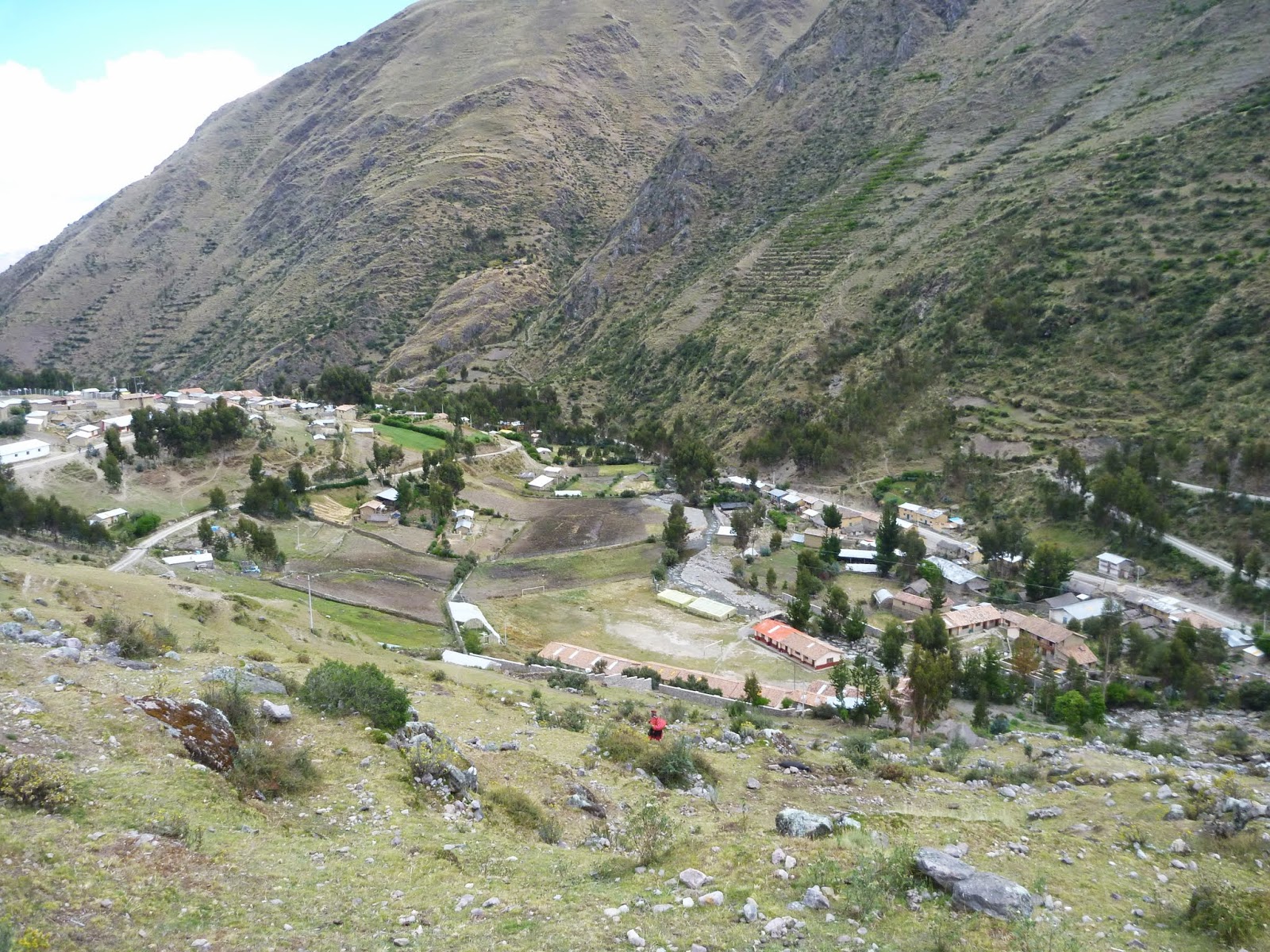Cusco is at
3400m, a few hundred metres higher that Huaraz, so if flying in
directly from Lima, expect to spend a few days to acclimatising.
Cusco
was the site of the historic capital of the Inca
Empire
and was declared a World
Heritage Site
in 1983 by UNESCO.
It is a major tourist destination and receives almost 2 million
visitors a year.
Central
Cusco has a range of accommodation and eating options and is kept
especially neat and clean by Peruvian standards. There are many grand
colonial plazas, streets and buildings to explore and it fascinating
how the original inca walls have been integrated into newer
buildings. Further out there are a number of ruins to explore
including Saksaywaman.
North of the
Urubamba Valley is the more remote Lares valley. It starts from
natural hot springs (3100m) near the village of Lares that is
accessible by road from Colac in the Sacred Valley. Up the valley
from here are many small rural andean farming communities famous for
their weaving. The valley culminates in the Isayjasa Pass (4450m) to
the village of Patacancha where a road leads down to Olltanaytambo.
Between the Lares and Urubamba valleys are a range of glaciated
mountains, the largest being the Nevado Colque Cruz at 5818m. There
are a number of high mountain passes that link the tributaries of the
Lares river and their communities over to villages on the Urubamba
side. The highest and most spectacular is Patchacutec Pass (4600m)
linking the Quishuarani to Cancha Cancha. There are also are a number
of passes linking Quishuarani with other high communities.




































































































No comments:
Post a Comment